
春の七草を知っていますか?
春の七草を知っていますか。春の七種と書くこともあります。
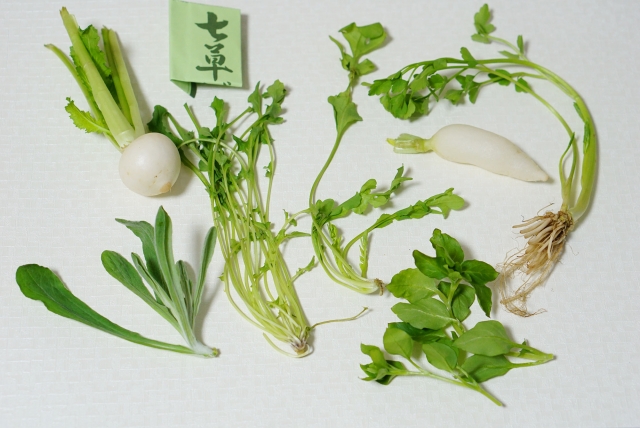
春の七草には、「人日の節句」の朝に、7種類の野菜が入った粥を食べる風習があります。
芹、薺(今のぺんぺん草のこと)、御形(今の母子草のこと)、繁縷、仏の座、菘(今の蕪のこと)、蘿蔔(今の大根のこと)の7種類の野菜をきざんで入れた粥を七草粥といいます。
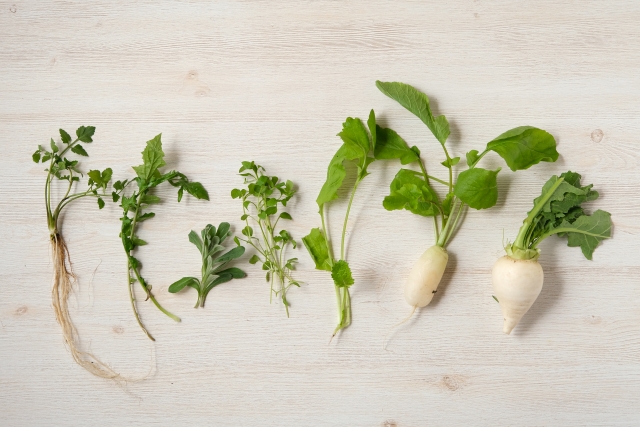
七草粥は、邪気を払い万病を除くことを願って食べます。
また、おせち料理でつかれた胃を休め、野菜が少ない冬場に不足しがちな栄養素を補うというよさもあります。
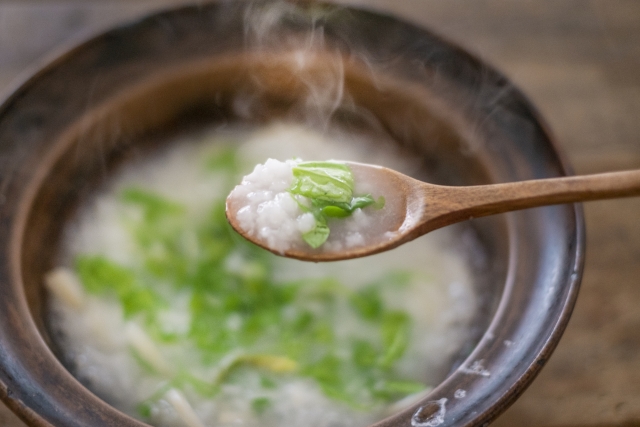
五節句といって、節句は1年間に5つあります。
1つめの「人日の節句」は1月7日のことです。
2つめの「上巳の節句」は3月3日です。桃の節句ということもあります。
3つめの「端午の節句」は5月5日のことです。
4つめは「七夕」です。よく知られているように7月7日です。
5つめは「重陽の節句」は9月9日です。菊の節句ということもあります。
七草は、1月6日の夜にまな板に乗せて囃し歌を歌いながら包丁で叩き、7日の朝に粥に入れるというように作ることもあります。
最近は、スーパーマーケットなどでセットになったものが売っています。
おせち料理 Osechi dishesにすすむ(このブログにあるページ)
栄養素 Nutrientsにすすむ(このブログにあるページ)
seven herbs of spring
Do you know the seven herbs of spring?”
There is a custom of eating rice porridge with seven kinds of vegetables on the morning of the “Jinjitsu no Sekku”.
Chopped 7 kinds of vegetables: water dropwort, shepherd’s purse , cudweed, chickweed, nipplewort, turnip, and radish . Rice porridge is called nanakusa porridge (seven kinds of rice porridge).
The rice porridge with nanakusa is eaten in hopes of warding off evil spirits and warding off all kinds of illness.
In addition, it is good to rest the stomach tired from New Year’s dishes and to supplement nutrients that tend to be lacking in winter when vegetables are scarce.
There are five seasonal festivals in a year.
The first “Jinjitsu no Sekku” is January 7th.
The second “Joshi no Sekku” is March 3rd. It is also called the peach festival.
The third “Tango no Sekku” is May 5th.
The fourth is “Tanabata”. July 7th, as you know.
The fifth is ” Cyouyo no Sekku” is September 9th. It is also called chrysanthemums festival .
The seven herbs are sometimes put on a cutting board on the night of January 6th and hit with a kitchen knife while singing a song, and then put into porridge on the morning of January 7th.
Recently, supermarkets and other places sell set items.
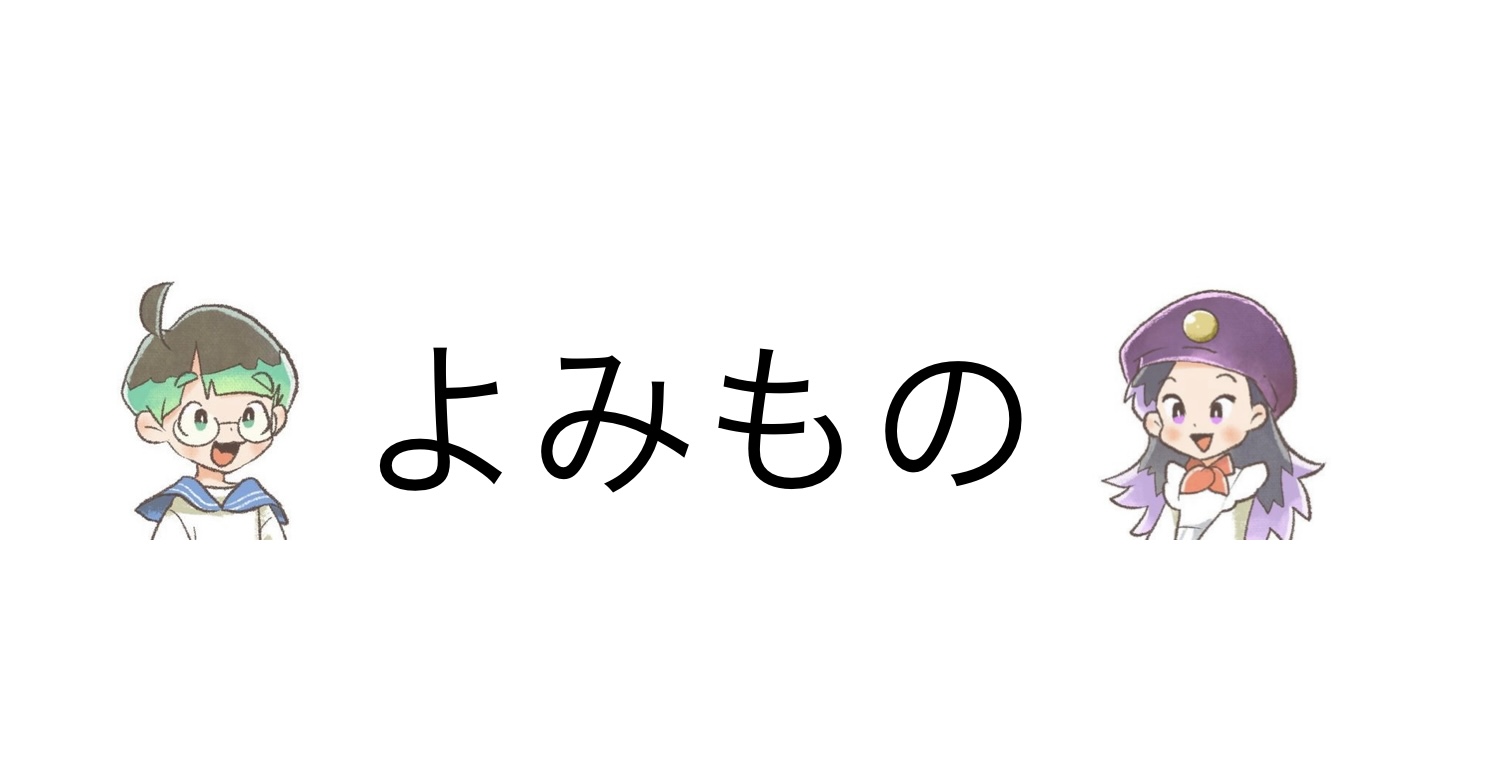
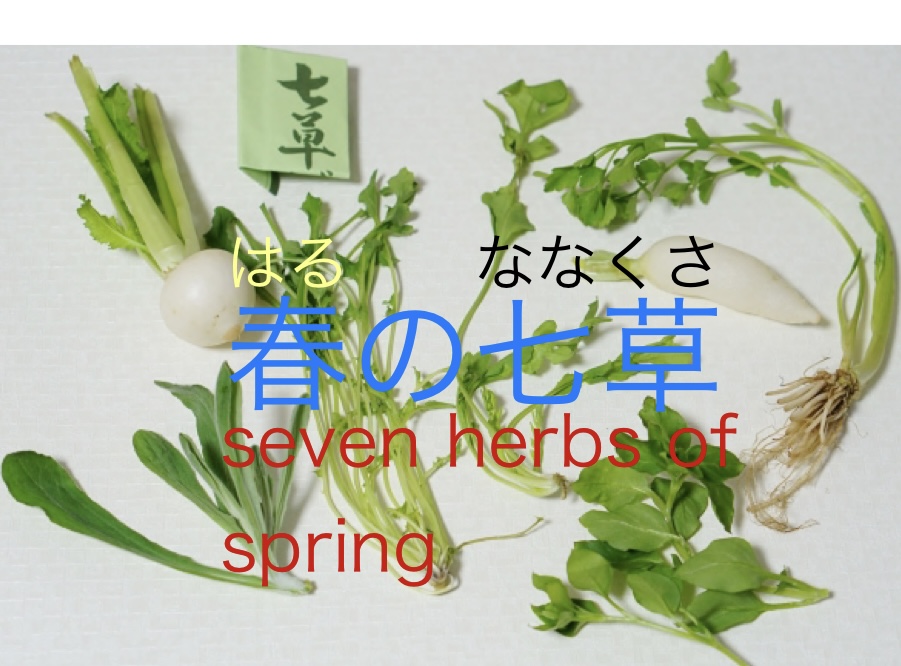


コメント